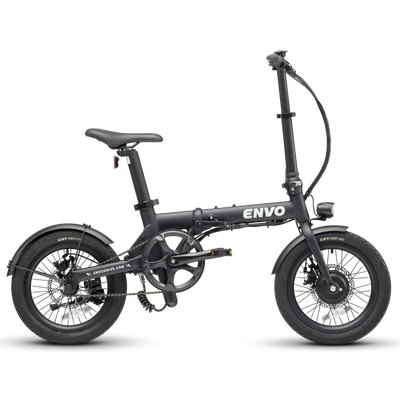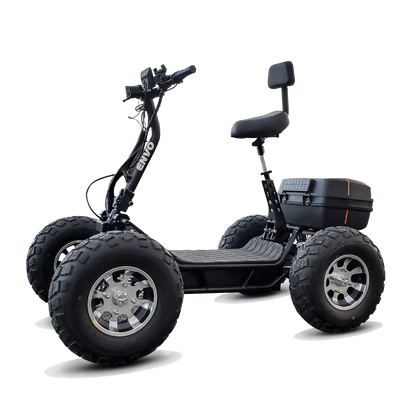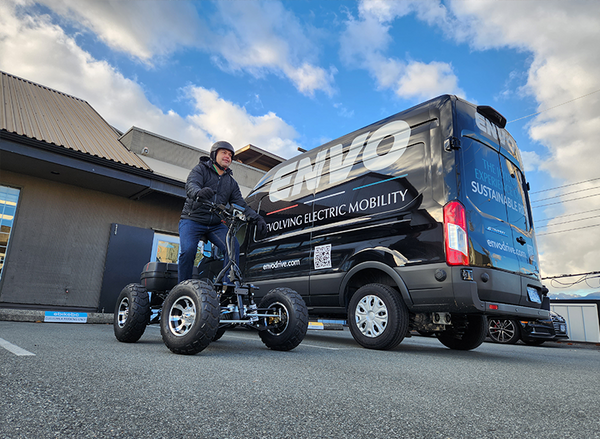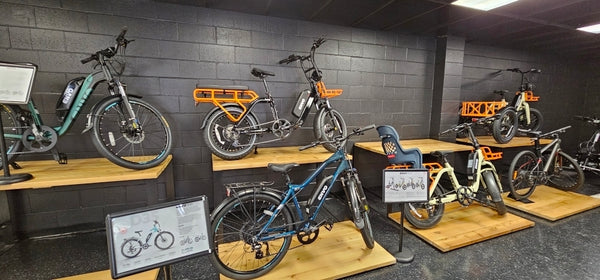What Is Q Factor

Have you ever seen a bike and instantly fell in love, but it didn’t feel right when
Q Factor
How Is The Q Factor Determined
When manufacturers design bikes, the Q factor must follow industry standards. The Q factor is determined by the bike’s chainstay length, chainline guidelines and lower bracket size, which are not easily customizable post-production. The average Q factor ranges from 150mm – 170mm. Touring bikes can have an extremely narrow Q factor at 135mm, while fat-tire bikes have a huge Q factor at 200mm or more. A large Q factor positions your legs and feet much further apart and equates to the same feeling of straddling a horse. The wide Q factor can be uncomfortable for the average rider. Most people function best between a Q factor of 155mm -178mm.
For this reason, the ENVO engineers designed the FLEX series to have a Q factor of 170mm, which is unheard of in the industry for a fat tire bike. The engineers kept in mind the customer demographic, comfort and performance are always at the forefront of their designs. With meticulous engineering, designing a fat tire bike with a smaller Q factor was possible.
Why Is The Q Factor Important
Cycling is a repetitive activity, and your joints are constantly in motion. Your body must be comfortable to prevent stress and overuse on your joints. The Q factor plays a large role in your riding comfort. For optimal riding, the ideal position is to have your hip, knee and foot aligned. If these joints are not aligned, it can cause discomfort or injury in the long run, especially in longer commutes. Since the foot and pelvis width is a fixed point, we want to make sure the foot position is aligned with the knee.
How To Adjust Your Stance Width
Even if the Q Factor is fixed by the bike, there are other components you can adjust to have a better fit. The pedal spindle length, how your cleats attach to your shoes, and spacers between the pedal and the crank can change your stance width without changing the bike’s Q factor. Your bike seat can also affect your pedalling as it links to your hip angle and rotation. Most riders only need slight adjustments to achieve the perfect fit, and you can accomplish these minor tweaks without changing the bike’s Q factor.
Our ENVO Flex is now available for pre-order, and if you want first-hand experience, come down to our dealer EbikeBC and take them on a test ride!




































